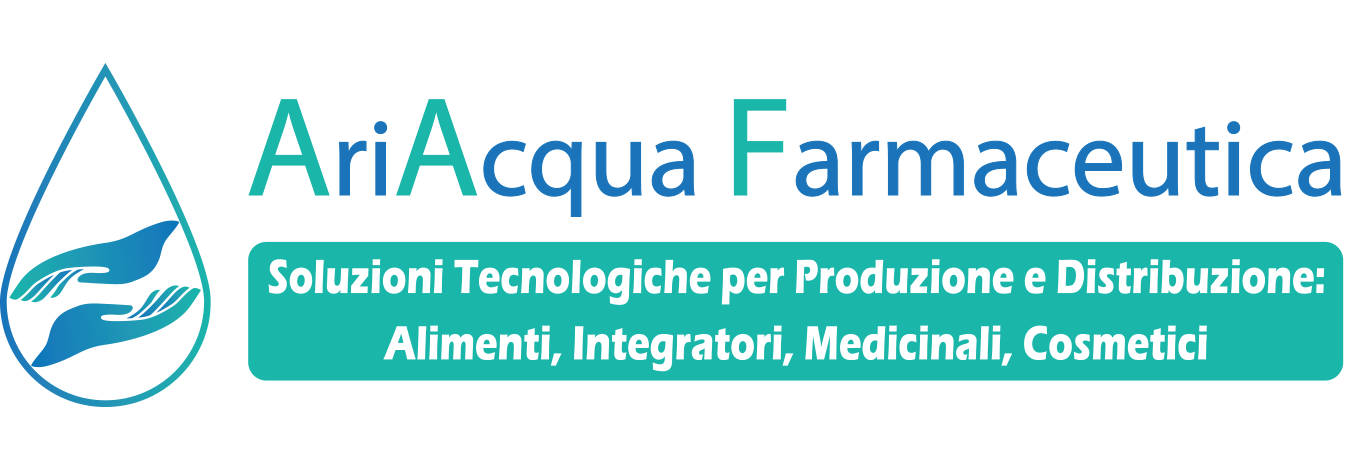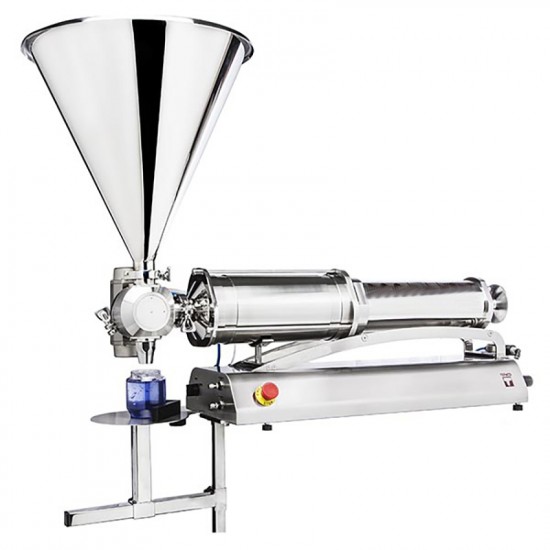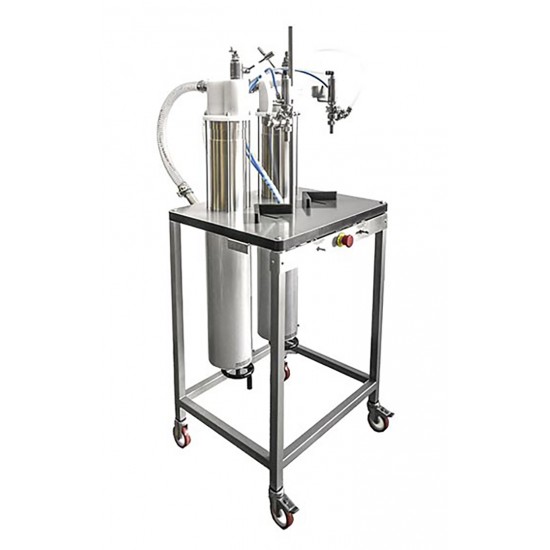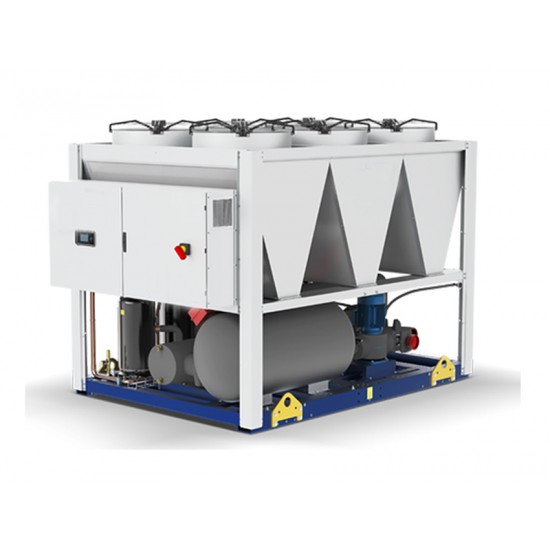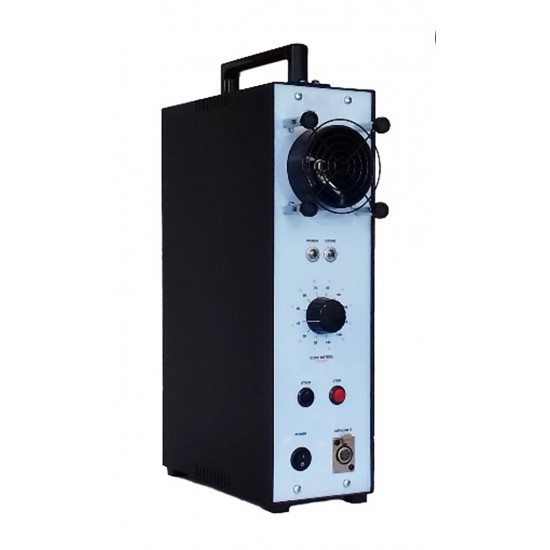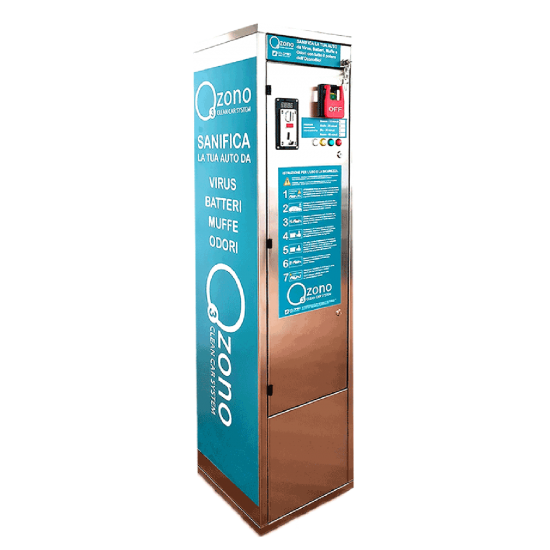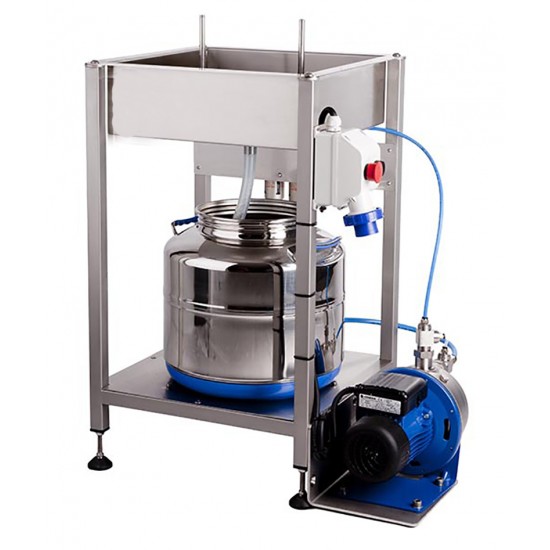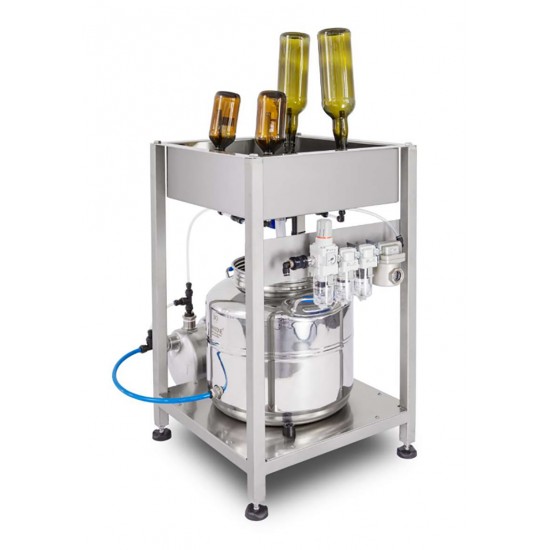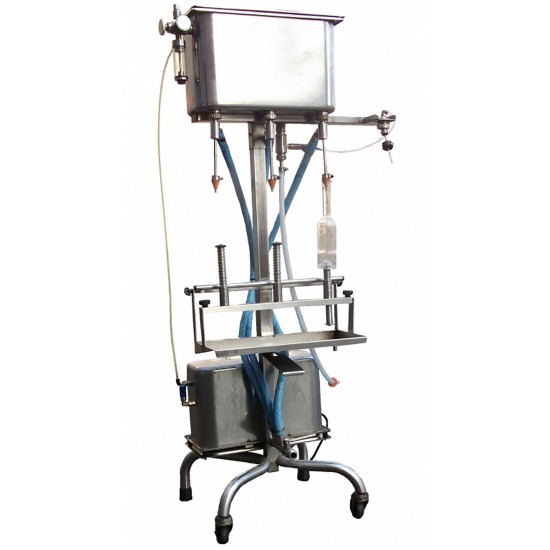CORONAVIRUS AND OZONE
Coronavirus continues to be the focus of the news and we learn more about this virus every day. With the emergence of new strains and slower than expected vaccination, it is not yet certain when we will be able to definitively overcome the ongoing pandemic. We all worked on developing habits, new sanitizing methods and ways to keep our surrounding surfaces free from the virus. In most cases, this involves manually cleaning multiple areas with alcohol, bleach, or some other chemical disinfectant. But aggressive chemicals are not the only option for sanitation purposes. Ozone is one of the most powerful oxidants we have available and this characteristic makes it a very powerful natural sanitizer, much more powerful even than Chlorine, Sodium Hypochlorite and Hydrogen Peroxide (or hydrogen peroxide).
The table below was extracted from the document "CNSA Opinion on Ozone Treatment of the Air in Cheese Maturing Environments" published by the Ministry of Health. The table lists some of the many microorganisms that can be eradicated with Ozone (at certain concentrations and contact times).
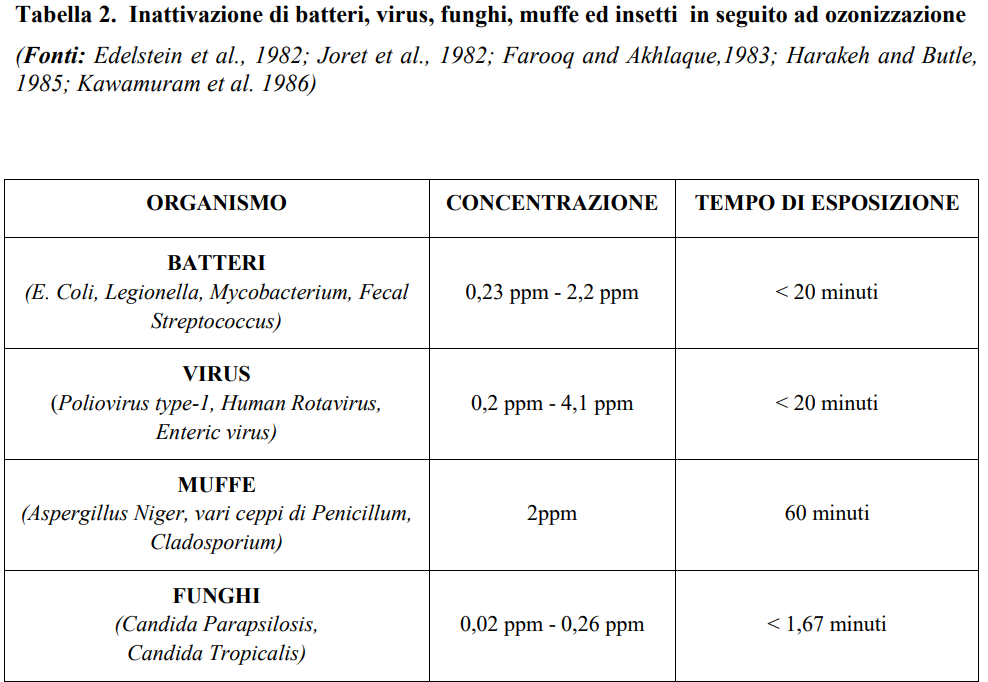
At present, researchers know that the novel Coronavirus spreads through droplets released into the air when an infected person talks, coughs or sneezes. Droplets generally travel no more than a few meters and fall to the ground (or surfaces): this is why social distancing and surface disinfection and sanitation is effective in preventing the spread of the virus.
Does ozone also inactivate SARS-CoV-2 (virus that causes COVID-19)?
To date, there is still no definite and unambiguous answer to this question even if it is assumed that ozone is actually able to inactivate the virus (exactly as it does with all the other viruses on which it has been tested).
The reason why it is believed that ozone is effective against SARS-CoV-2 is first and foremost linked to the mechanism of inactivation of viruses by ozone. The mechanism of action of Ozone on viruses is certainly not that of destruction, as in the case of bacteria, but of inactivation; the action of ozone would consist in an oxidation, and consequent inactivation, of the specific viral receptors used for the creation of the bond with the cell wall to be invaded. Thus the viral reproduction mechanism would be blocked at the level of its first phase: cell invasion. In addition, various studies carried out on the sensitivity of viruses to ozone have shown that viruses with a membrane are much more sensitive than those without one. Since the new coronavirus has a membrane it should therefore be more sensitive to the action of ozone.
To demonstrate the hypotheses highlighted above, a recent experiment carried out by Nara Medical University in Japan confirmed the inactivation of SARS-CoV-2 through ozone.
For the first time in the world, a research group formed by the alliance between Nara Prefecture Medical University and Japan MBT (a member of the Association for Infectious Diseases) has confirmed that ozone gas can inactivate the new coronavirus. Furthermore, the inactivation conditions were clarified through experiments, which proved its practicability from a scientific perspective.
This experiment was possible because the University has a level 3 laboratory in terms of biosecurity and virus culture technology.
Source: Nara Medical University Study

It is clear that a single experiment is not sufficient to demonstrate with certainty the effectiveness of ozone against the new Coronavirus but we can objectively affirm that all the conditions exist to be able to affirm it. In the coming months, further experiments will undoubtedly be released and we are confident that they will confirm the findings of Nara Medical University.
In light of the information available, the application of ozone for the sanitation of environments and surfaces, also in order to reduce the spread of the new Coronavirus, is certainly useful in various environmental contexts.
